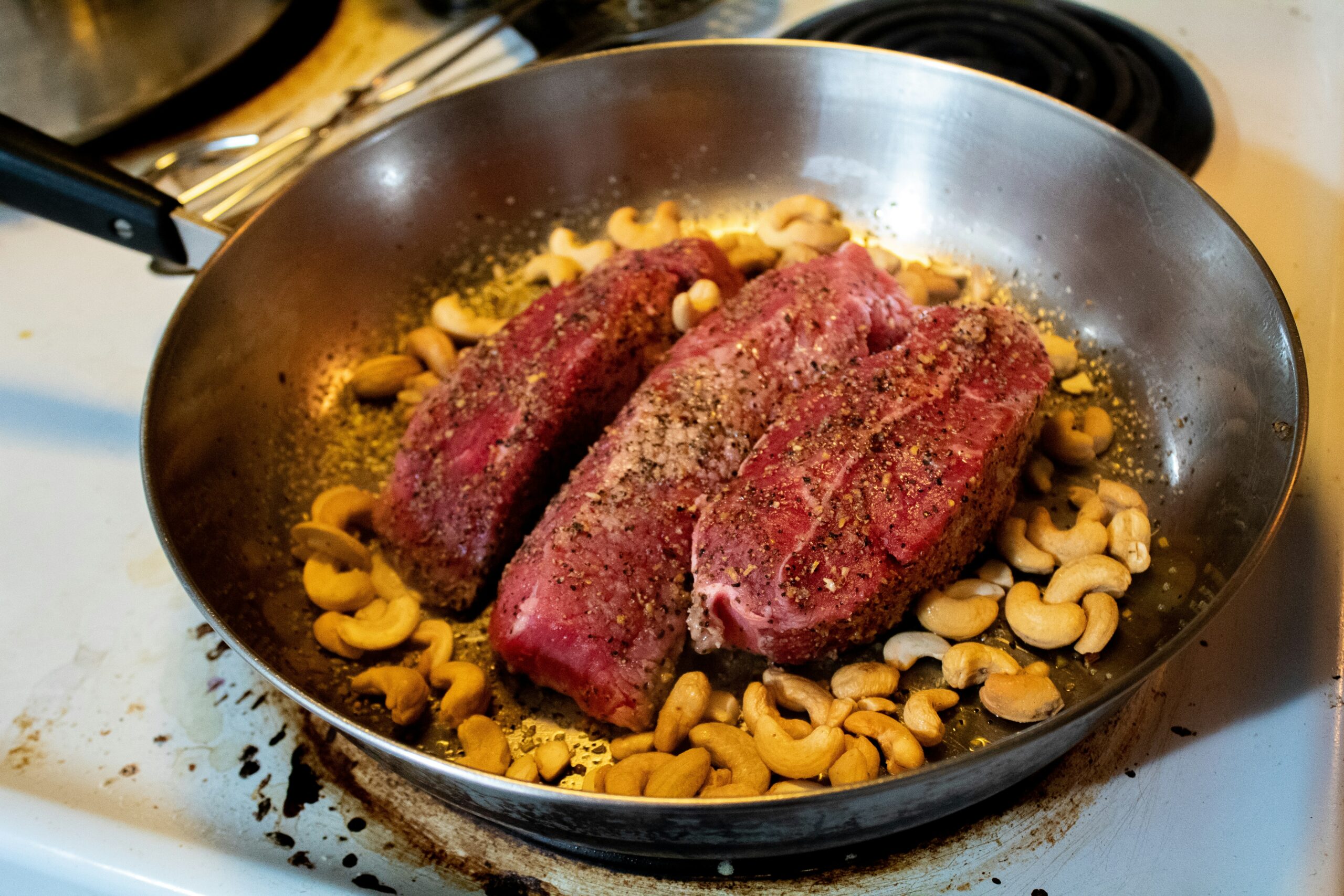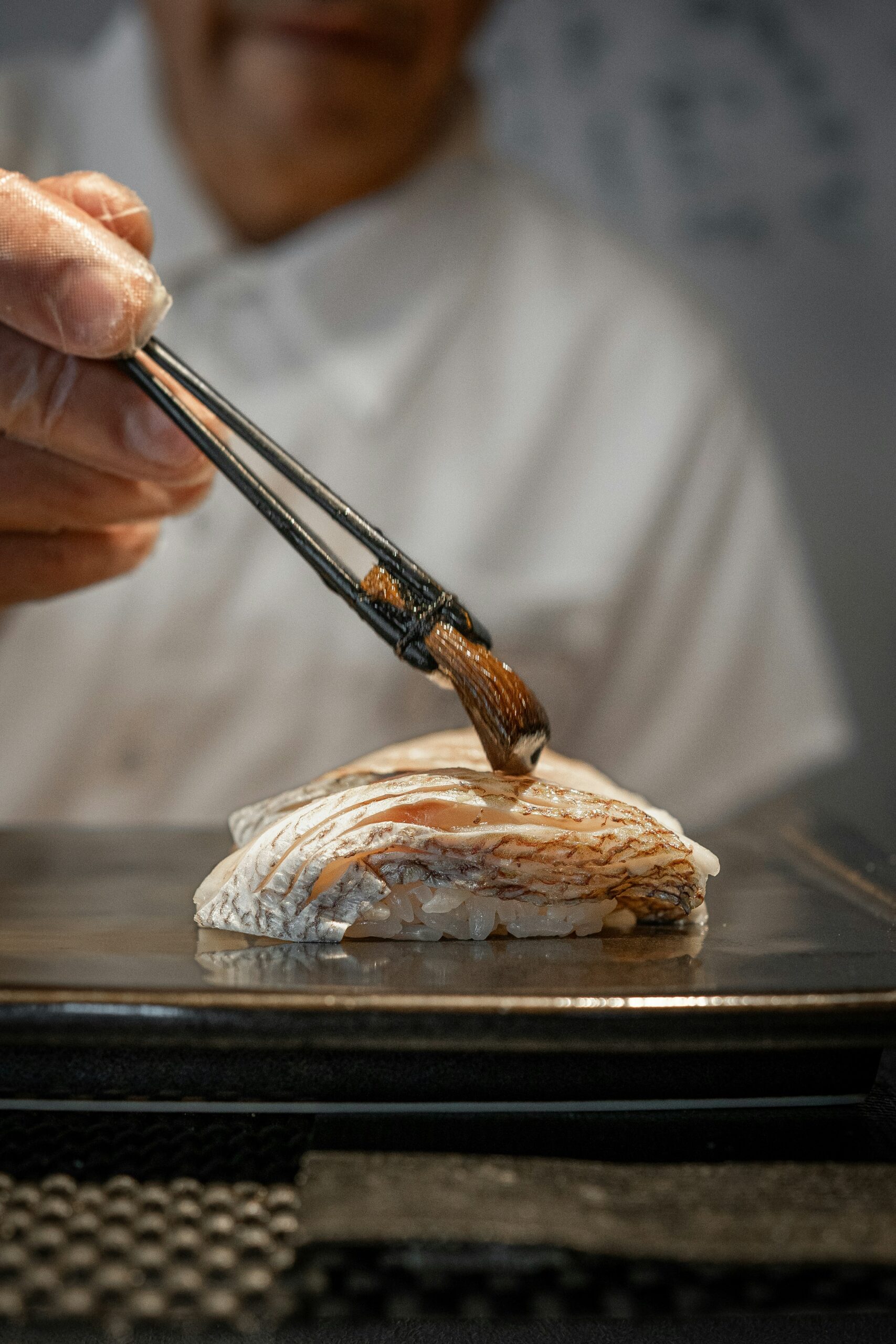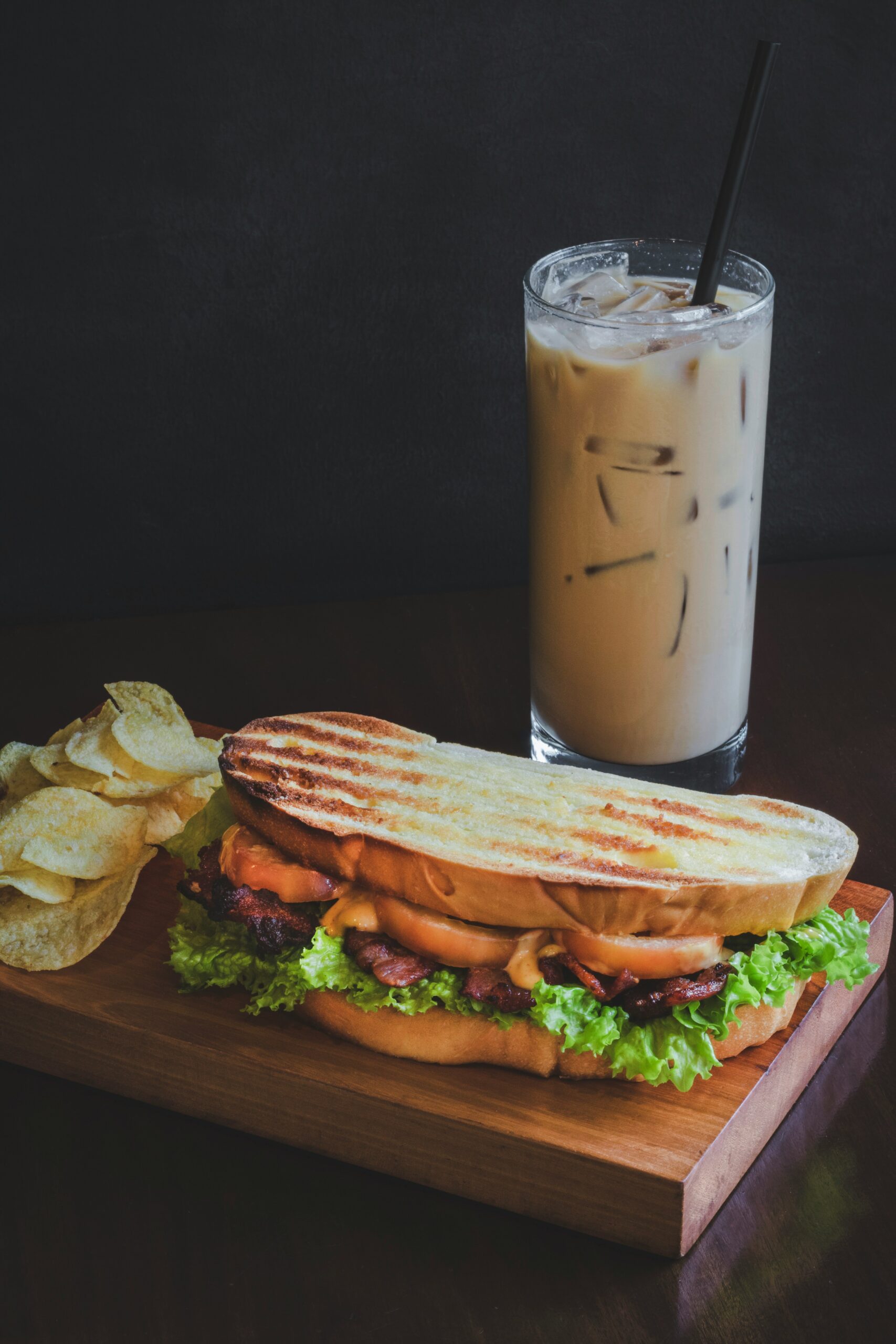Choosing the Right Cut of Steak
Selecting the appropriate cut of steak is crucial to achieving optimal flavor and tenderness. Different cuts are derived from various parts of the cow, each offering unique characteristics that cater to diverse palates. Popular choices include ribeye, filet mignon, sirloin, and T-bone. The ribeye, known for its substantial marbling, delivers a rich flavor profile and juiciness, making it a favorite among steak lovers. In contrast, the filet mignon is celebrated for its tenderness and buttery texture, but it tends to have less fat, resulting in a milder taste.
The sirloin cut strikes a balance between flavor and cost; it is generally leaner than ribeye, yet it maintains a robust taste that appeals to many. The T-bone, which encompasses both the tenderloin and strip loin, offers a delightful combination of textures and flavors, ideal for those seeking variety in a single steak. When choosing a cut, consider personal preferences regarding tenderness, flavor intensity, and desired cooking method.
Understanding the fat content and marbling in steak is equally important. Marbling, or the flecks of intramuscular fat, plays a significant role in both texture and flavor. A higher level of marbling typically results in a richer taste and a more succulent bite. Sourcing high-quality meat is essential; look for steaks that carry a certification, indicating they meet particular standards for breed and production methods. Thickness is another consideration; thicker cuts can provide more control over cooking, allowing for a beautiful crust while ensuring the inside remains perfectly cooked.
In summary, selecting the right cut of steak requires careful attention to flavor profiles, fat content, and personal cooking preferences. Whether you prefer the bold flavors of ribeye or the delicate tenderness of filet mignon, being informed will lead to a more satisfying dining experience.
Essential Cooking Techniques for Steak
Cooking steak to perfection requires an understanding of various techniques, each with its own set of advantages. Grilling, pan-searing, and the sous-vide method are among the most popular approaches, and mastering these methods can elevate your steak-cooking skills significantly.
Grilling is perhaps the most iconic way to prepare steak. Start by preheating your grill to a high temperature, around 450-500°F (232-260°C). For the best results, choose steaks with a marbled texture, such as ribeye or sirloin. Prior to grilling, season your steak generously with salt and pepper, allowing it to come to room temperature for about 30 minutes. Place the steak directly over the heat source, cooking it for approximately 4-5 minutes on each side for medium-rare, depending on the thickness. Use a meat thermometer to check for an internal temperature of 130-135°F (54-57°C) before removing it from the grill. Resting the grilled steak for at least five minutes is essential; this allows the juices to redistribute and enhances flavor.
Pan-searing is another effective method, particularly for those who prefer cooking indoors. Heating a cast-iron skillet over medium-high heat, add a small amount of oil with a high smoke point. Once shimmering, carefully place the seasoned steak in the skillet. Cook it for 3-4 minutes on each side, basting with butter, garlic, or herbs for additional flavor. Aim for an internal temperature similar to that of grilled steak, allowing it to rest post-cooking, which ensures moistness and tenderness.
Finally, the sous-vide technique offers precise temperature control, making it nearly foolproof. Seal the steak in a vacuum bag and immerse it in a water bath set to your desired doneness temperature (typically around 130°F for medium-rare). Cook it for 1-4 hours based on the thickness. Once finished, sear it in a hot pan for a few seconds on each side for a delicious crust. This method guarantees an evenly cooked steak that retains its juices.
Each of these techniques serves to highlight the natural flavor of the steak. Marinating or seasoning your steak beforehand can further enrich its taste. Consider using a mixture of oil, vinegar, herbs, and spices to create a flavorful marinade. Time is also crucial here; marinate for at least 30 minutes or up to 24 hours in the refrigerator for maximum impact. By mastering these techniques, you can achieve steak that is not only perfectly cooked but also bursting with flavor.
Mastering the Art of Seasoning and Marinades
Seasoning and marinades play a crucial role in elevating the flavor profile of steak, transforming a simple cut of meat into a culinary delight. The most fundamental approach to seasoning involves the application of salt and pepper. This basic technique enhances the natural flavors of the steak, bringing out its intrinsic taste. A generous pinch of coarse salt applied before cooking acts not only as a flavor enhancer but also aids in moisture retention, resulting in a juicier outcome.
While salt and pepper serve as a great foundation, the use of marinades can elevate the flavor experience significantly. A marinade typically consists of acidic ingredients, such as vinegar, citrus juice, or yogurt, which help to tenderize the meat while infusing it with depth and complexity. Furthermore, incorporating herbs and spices like rosemary, thyme, garlic, or smoked paprika can introduce a variety of flavor nuances suited to different cuts of steak.
For example, a classic marinade for ribeye steak might include olive oil, balsamic vinegar, chopped garlic, and fresh rosemary. The richness of the ribeye pairs well with the acidity of the balsamic vinegar, enhancing its flavor while allowing for a tender texture. Conversely, for leaner cuts such as flank steak, a marinade featuring lime juice, cilantro, and chili flakes can provide a zesty kick and help alleviate any chewiness.
The timing of marinating is equally important. Generally, steaks should be marinated for at least 30 minutes to allow the flavors to penetrate effectively. However, marinating for a longer period, such as 2 to 24 hours, can yield even more pronounced flavors. It is vital, however, to refrain from marinating meat for too long, particularly in acidic marinades, as this could lead to an undesirable texture. By mastering the art of seasoning and marinades, one can truly enhance the steak cooking experience, creating a memorable meal.
Delicious Steak Recipes to Impress
Cooking a wonderful steak can transform any dining occasion into an extraordinary experience. Here, we present an array of delicious steak recipes that cover various tastes and occasions, ensuring there is something for everyone.
1. Classic Steak Frites
Ingredients: 2 ribeye steaks, salt, pepper, 4 cups frozen fries, 2 tablespoons olive oil.
Instructions: Start by preheating your oven to the temperature specified on the fries’ packaging. Season the ribeye steaks with salt and pepper. In a skillet heated over medium-high heat, add olive oil and sear the steaks for 4-5 minutes on each side for medium-rare. Allow the steaks to rest for 5 minutes before serving with crisp fries. Serve alongside a herbaceous dipping sauce for an added flavor dimension.
2. Grilled Ribeye with Chimichurri
Ingredients: 2 ribeye steaks, salt, pepper, 1 cup fresh parsley, 1/2 cup olive oil, 2 tablespoons red wine vinegar, and minced garlic.
Instructions: Season the ribeye with salt and pepper, and grill on high heat for about 6-7 minutes per side. For the chimichurri, combine parsley, olive oil, red wine vinegar, and garlic in a food processor. Drizzle the chimichurri over the sliced steak for a vibrant burst of flavor.
3. Steak Tacos
Ingredients: 1 pound flank steak, taco seasoning, corn tortillas, avocado, cilantro, lime.
Instructions: Rub the flank steak with taco seasoning and grill until cooked to your liking. Slice thinly and serve on warmed tortillas topped with avocado, fresh cilantro, and a squeeze of lime juice.
4. Steak Salad
Ingredients: 2 sirloin steaks, mixed greens, cherry tomatoes, blue cheese, balsamic dressing.
Instructions: Cook the sirloin steaks to medium-rare, let them rest, and then slice them thinly. Toss the mixed greens, cherry tomatoes, and blue cheese with balsamic dressing, adding the steak slices on top for a filling yet refreshing dish.
These recipes highlight the versatility of steak and provide various options for impressing guests or simply indulging in a delightful meal at home. Each dish encourages creativity while focusing on the natural flavors of the meat, allowing home cooks to elevate their culinary skills.


